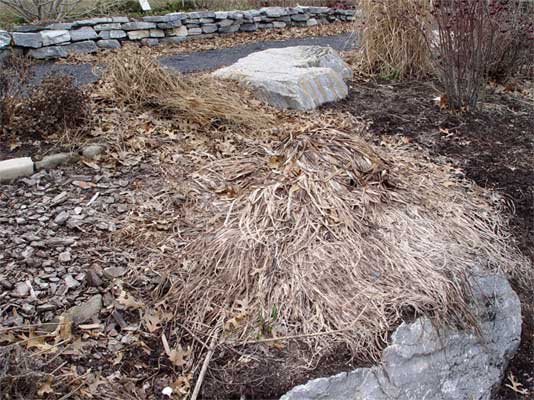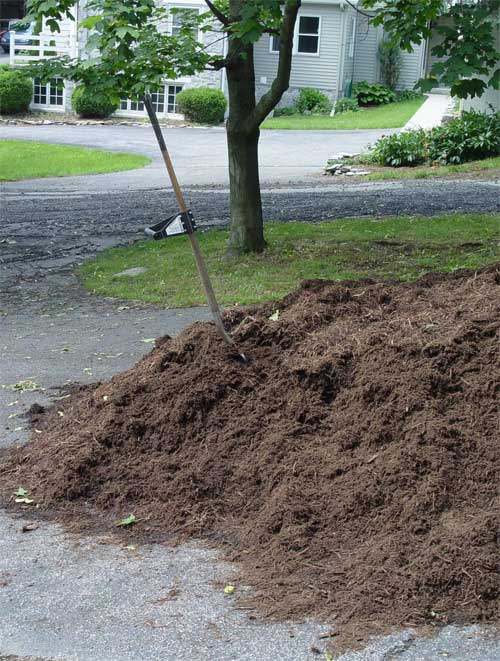Work-Saving Ideas for Spring-Cleanup Time
Make yard cleanup manageable this season by streamlining some jobs, skipping others, and prioritizing the rest.
Easy to follow tasks in the Spring can help your garden


Next winter, clean tools, sharpen blades, restock garden supplies and build plant protectors before warm weather approaches. A season-long timetable of major garden tasks can relieve you of the feeling of panic as the garden wakes up in late winter.